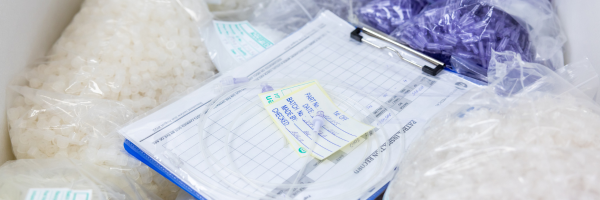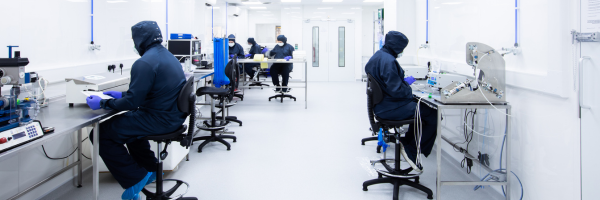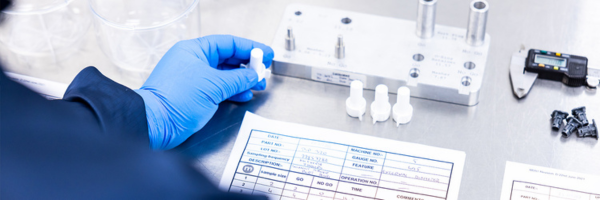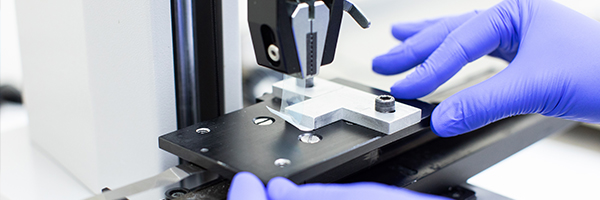
Medical device packaging is a crucial part of the medical device manufacturing process, ensuring that your product is safe and secure during transit and storage, and in perfect condition and ready to use when opened. Packaging is also important in terms of displaying key product information and marketing your brand.
Failing to properly package your product runs the risk of loss of sterility, product damage, diminished product performance or product recall. It can lead to costly market delays, financial penalties and reputational damage.
Medical device packaging regulations
Medical device packaging requirements vary from market to market, depending on the class of device and transit and shelf-life requirements. So, if you intend to sell your medical device product in multiple markets, you must comply with any relevant legislation which applies in the countries in which it is to be sold.
For example, the UK’s Medicines and Healthcare products Regulatory Agency (MHRA) and the USA’s Food and Drug Administration (FDA) agency have different requirements with regard to medical device packaging, while in the EU, many details must be displayed in the language of the market (and there are 23 official languages in the region).
Furthermore, the introduction of the new EU Medical Device Regulations (MDR) on 25th May 2020 is set to add greater significance to medical device packaging and in order for your products to be sold in the EU, the packaging will need to comply with this new law.
How to ensure that your medical product has the correct packaging
Packaging your product correctly is vital for product safety and security, optimising the user experience and making sure that your manufacturing process is as cost-efficient as possible.
There are three key aspects to consider when making decisions regarding the packaging of your medical device:
- Method of sterilisation – the sterilisation method appropriate to your medical product will determine the type of packaging you use
- Shelf life – your product’s packaging needs to be appropriate for the length of time that it is likely to be in storage and in use
- Transit validation – your product’s packaging needs to be able to withstand the rigours of transportation if you intend to ship it around the world to ensure it arrives at its destination undamaged.
Types of medical device packaging
There are a range of medical device packaging solutions available to manufacturers, including:
- Peel pouches and foil sachets – both common forms of medical pouch packaging
- Barrier packaging
- Thermoformed blisters and lids
Peel packaging is a popular medical device packaging solution, as it is one of the most cost-efficient ways of packaging disposable medical devices and meeting market regulations.
Peel packaging is widely used for products whose value is limited and for which a more sophisticated packaging solution would not be cost-efficient.
Getting advice on medical device packaging
Medical device packaging can be complex and the introduction of the new EU MDR will add even more significance to how you package your products and the information that you include on and with them.
An expert medical device contract manufacturer will make sure that your products are correctly packaged. They will be able to give specialist advice on the right kind of packaging, providing details of the types of packaging available and the costs, as well as guidance on what packaging is appropriate in relation to the value of your product and the batch volume.
They should also be able to manage any sterilisation requirements, carry out packaging testing (such as packaged peel testing), offer assistance with pack design, product labelling and packaging printing, and help ensure that your packaging is compliant with the relevant regulations.
There are many benefits of using a medical device contract manufacturer. If you are not getting this specialist help, you should rethink your partnership.
Meridian Medical is an established and experienced contract medical equipment manufacturer, specialising in a wide range of medical device design, development and supply services.
To find out more about how Meridian Medical can help you with your medical product design and manufacture, get in touch today by filling out our online form or contacting us on 01903 732344 or info@meridian-medical.com.
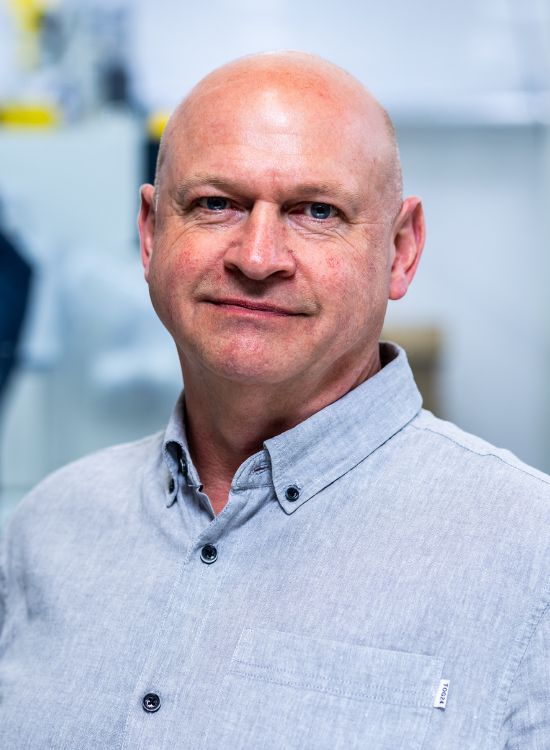
Author: Paul Kearsley,
Technical Manager, Meridian Medical
Paul Kearsley brings a lifetime of engineering expertise to his role as Technical Manager at Meridian Medical. With an HNC in Mechanical Engineering and a foundation built during a four-year engineering apprenticeship, Paul has spent over 40 years running his own design company. Over the decades, he has designed more than 1,000 consumer, industrial, and medical devices, showcasing his ability to deliver innovative solutions across a broad spectrum of industries.
A pioneer in the transition from traditional drafting techniques to modern CAD workflows, Paul began his career on the drawing board, adopted AutoCAD 2D early on, and embraced 3D modelling with SolidWorks in 1997. His vast experience and technical leadership play a key role in Meridian Medical’s commitment to producing high-quality, single-use medical devices.

